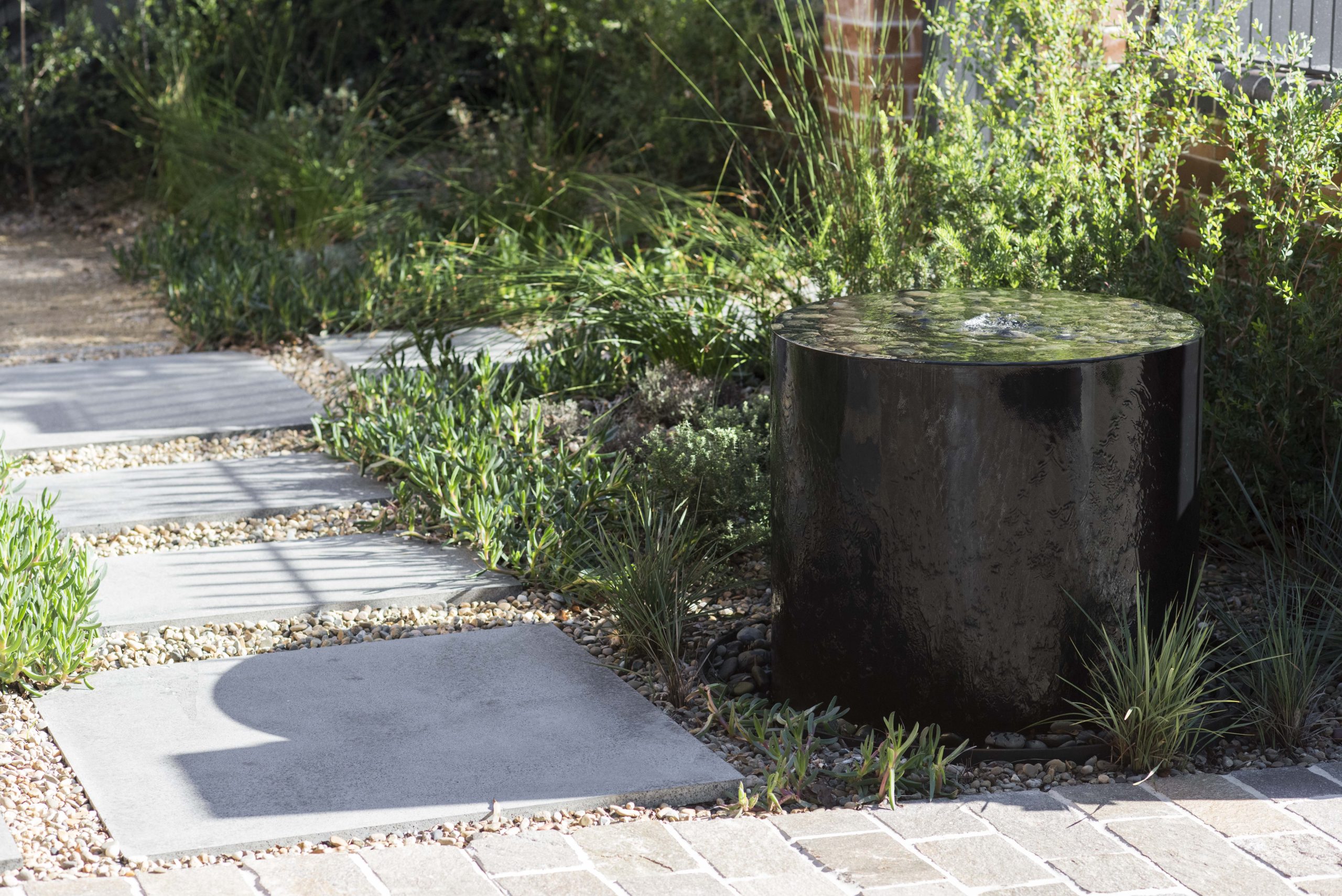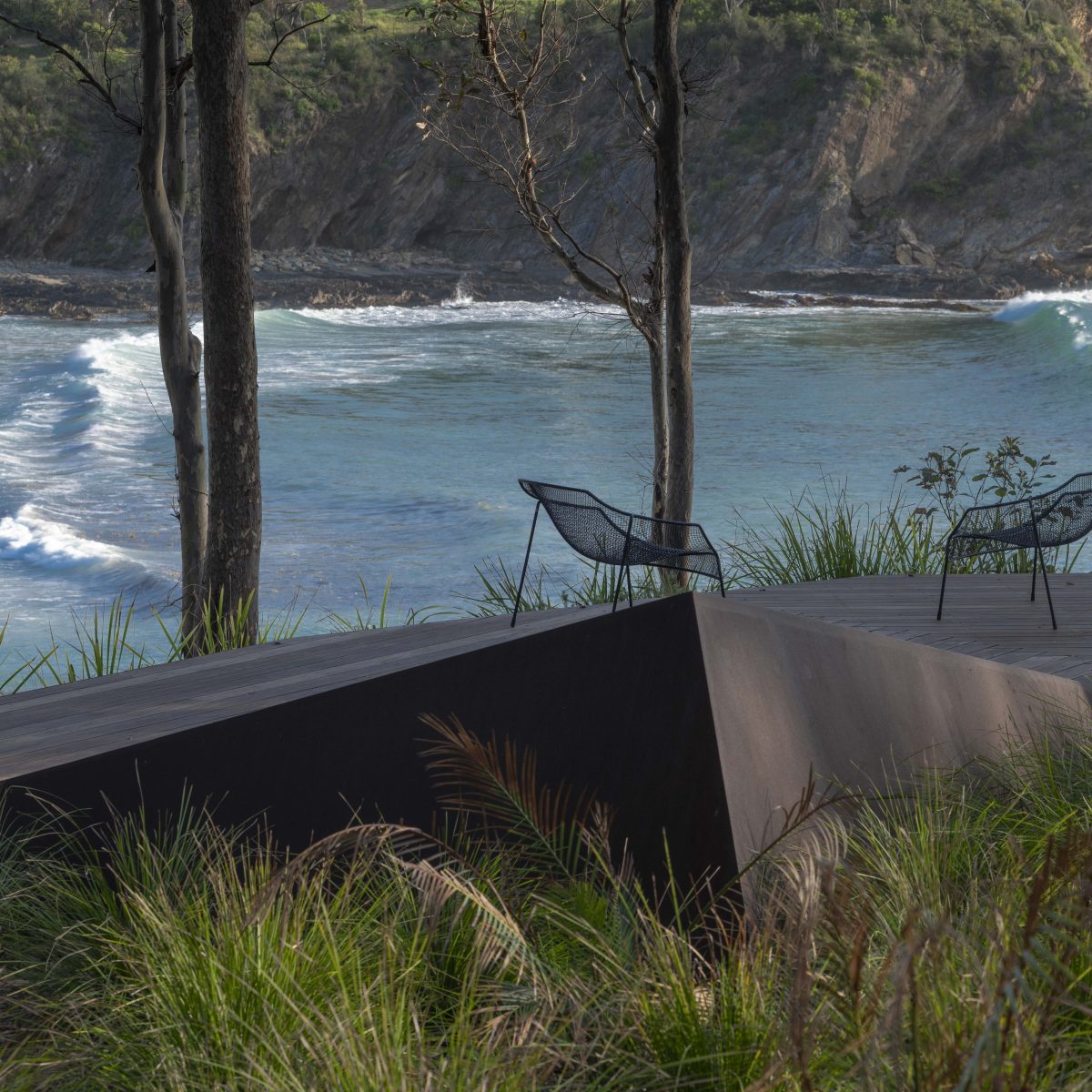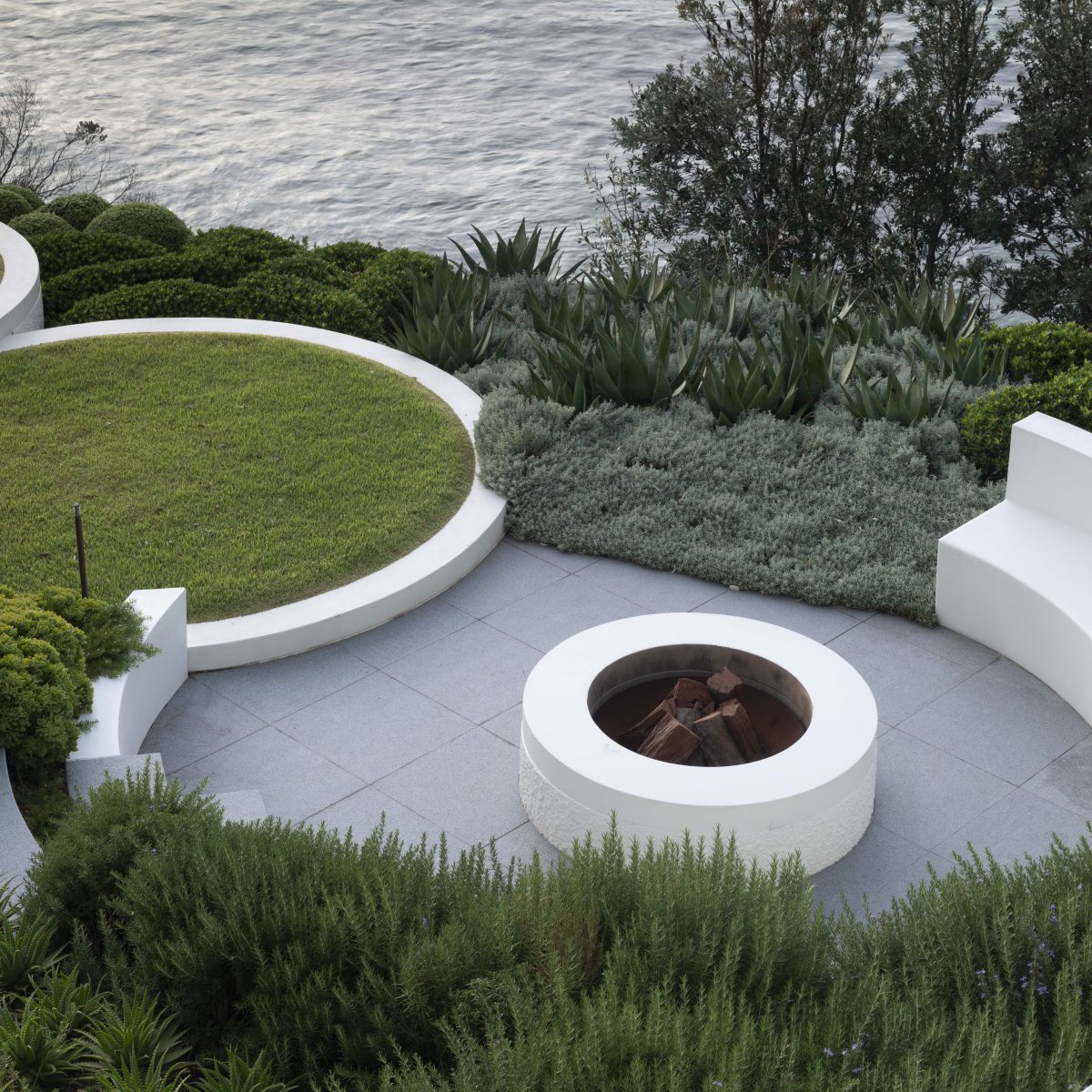One of the subtle shifts in landscape design in recent years has been a move towards a more holistic approach. Designers are looking beyond immediate considerations such as soil, aspect and how the garden relates to the house, to think about the broader context. How could this garden break the norms of the geometric space? Could it extend or re-establish plant corridors? Could it provide habitat for wildlife? Does it require excessive time and resources to keep it looking good?
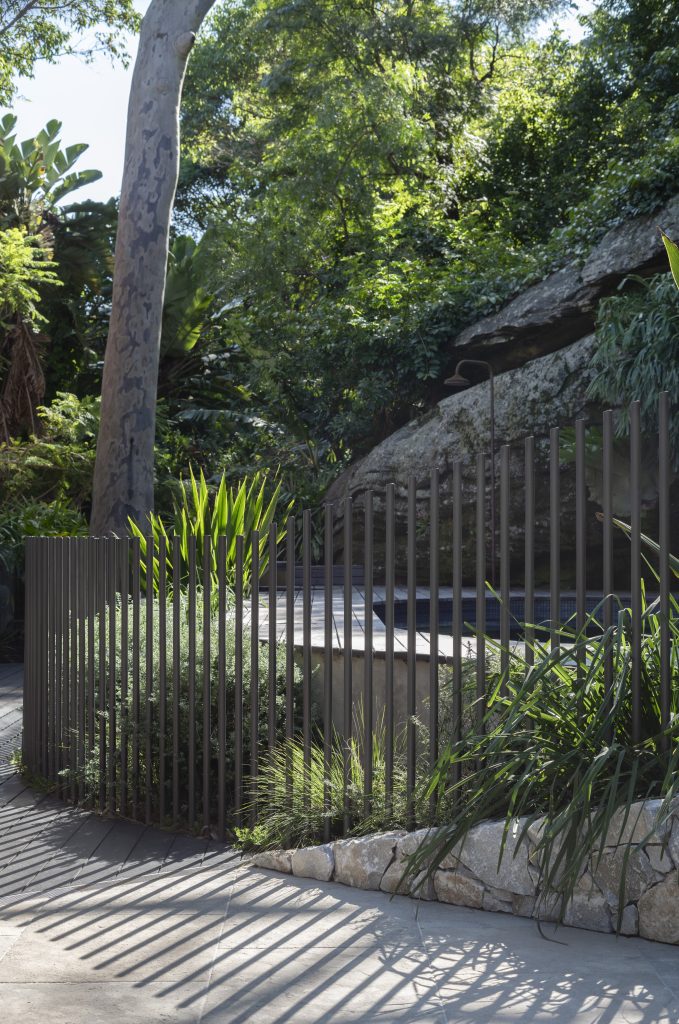
The style of garden known as naturalistic has these sorts of questions at its heart, and with its softer, less controlled silhouette, it’s a style Mark Curtis, Design Consultant at Secret Gardens, finds very appealing. “There are no defined borders in a naturalistic garden, unlike a traditional garden with its lawn, rows of trees and clipped hedges,” says Mark.
“A naturalistic garden tends to be less contrived. It breaks up boundaries and delineations and promotes the integration of spaces. Done well, there’s a lovely feel to it.”
A lot of what we recognise as naturalistic has its roots in the European and American traditions of lavish landscapes of colourful perennials and deciduous grasses. We’ve seen them in coffee table books, and they certainly make wonderful eye candy. But as Mark explains, they’re not a good template for gardeners in a warm temperate climate like Sydney’s.
“What you see in those books is lovely, but a lot of those perennials and grasses are not viable in Sydney’s climate. Let’s take Verbena bonariensis – lovely purple flower on a long stem… and weed potential. Hosta – that’s a thirsty plant. Echinacea… well, I’ve never had any luck with it.
“We’re fast entering a period where the environment is front and centre of consciousness. How long can we sustain using plants we know just aren’t suited to this climate?” Fortunately, we can create our own version of the naturalistic garden using plants better suited to our conditions. As the name suggests, naturalistic gardens give you the feeling of being in nature. That means using plants that look like they belong there. Obvious contenders for a local take on the style include Australian natives, but a lot of exotics can work too, especially if they come from climates similar to ours.
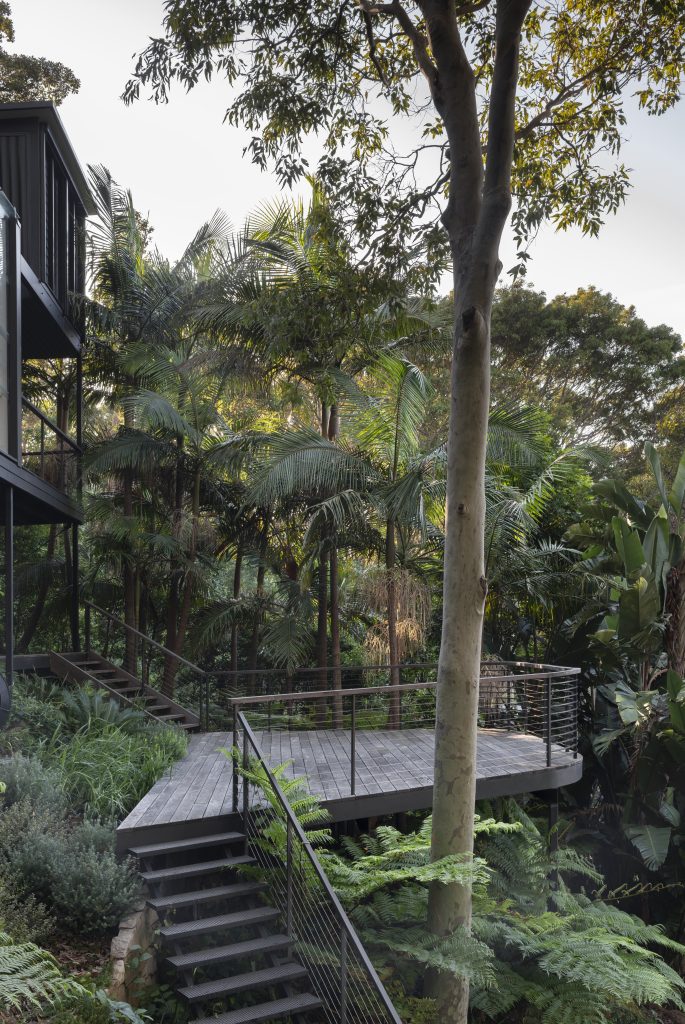
“These gardens work better if they’re not solely Australian natives,” says Mark. “Native plants can be hard to grow in the home garden, and they still suffer to some extent from the old idea that they are ‘set and forget’. It’s better to look for a smart mixture of plants that work together to create a free-flowing landscape.”
That includes trees for passive cooling in summer, and for habitat; flowering plants that do their thing at different times of the year, and beautiful foliage plants, including grasses. “Grasses, particularly our native grasses, which are evergreen, are a good plant to place in drifts,” says Mark. “Grasses can work wonderfully in that way, and they’re low water use.”
So, the question becomes: how to make a naturalistic garden work in the suburbs? This style of garden is often associated with rural properties or, at least, larger blocks of land.
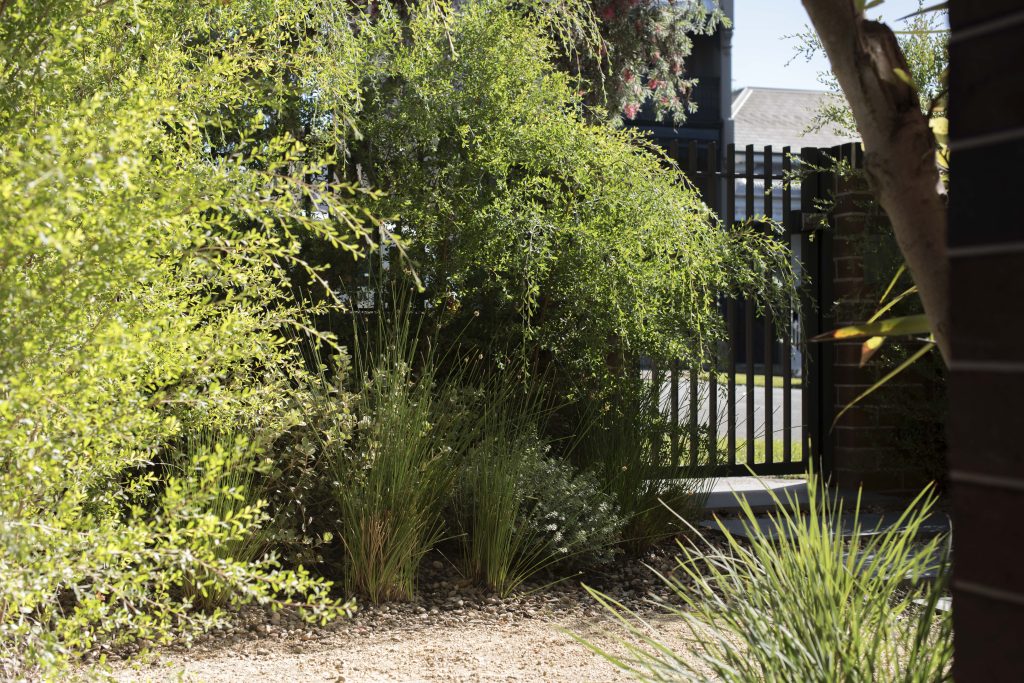
As a landscape designer, Mark says the first step in creating a naturalistic suburban garden is to go back to basics with a client, looking at what is the norm in a garden, and the various ways those elements could be arranged. It’s possible to have all the traditional elements in a garden, and everything on a client’s wish list (such as lawn for the kids, an entertaining space) but curate them in a different way.
“The challenge for us as designers is making it work, especially in a suburban setting, where you are dealing with issues of space and functionality,” says Mark. Restraint is key in both the plant choice and the hardscaping – and the smaller the block, the more restraint is needed. “You want as little structure as possible.”
It’s also worth being aware of opportunities to work in with the broader context of a garden. “Where exactly are we in relation to the natural landscape? Is there a sense of place that could be developed? Is the land close to remnant bushland? These are things you can take your cue from,” Mark says.
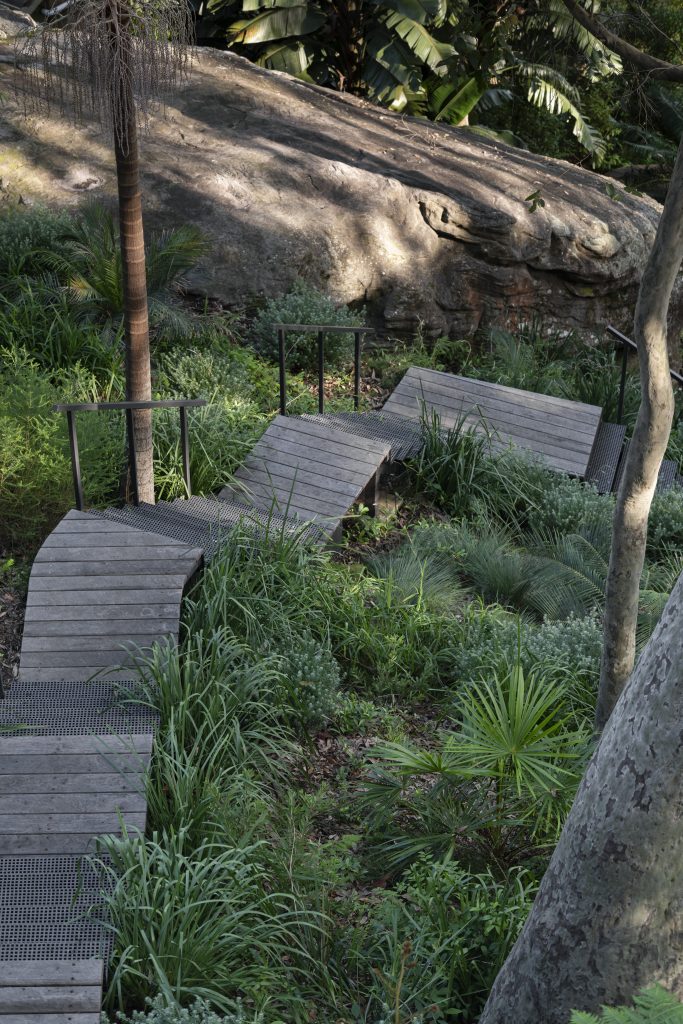
Council regulations are helping drive a move to more naturalistic and climate-sensitive gardens, with some stipulating that a certain percentage of new plantings are comprised of indigenous or low-water species. Some are quite forceful about keeping fencing to a minimum, too, allowing the natural corridor of planting to remain.
It will be interesting to see how we all adapt to a warmer climate and reduced access to water for the garden – remembering that the La Niña years of plenty are an aberration. “Perhaps,” muses Mark, “what we’re talking about is more post-naturalism, or a ‘climate garden’.”
Five features of naturalistic planting
- planting in repeated blocks and drifts, rather than rows
- plants of varying shapes, heights and textures – upright, spreading, wispy, dense, spiky, rounded
- plants that look good whether they’re flowering, about to flower, finished flowering, or don’t flower at all
- plants that continue or re-establish vegetation corridors, and offer habitat for wildlife
- something of interest throughout the year
